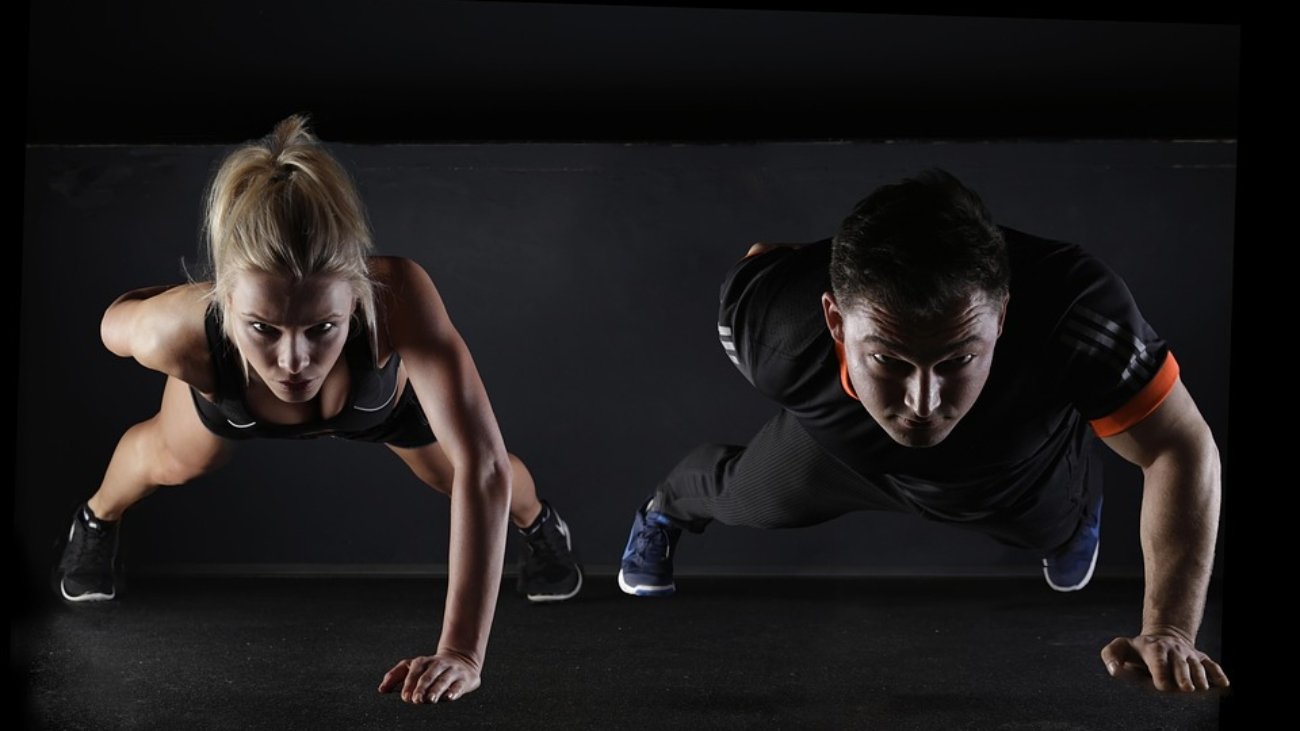In today’s fitness world, the pursuit of peak performance has transcended traditional exercises and routines. Fitness enthusiasts and athletes alike are constantly pushing their limits, exploring advanced workout techniques that promise to enhance their strength, endurance, and overall athletic ability. Whether you’re a seasoned gym-goer or an aspiring athlete, understanding and integrating advanced workout techniques can be a game-changer for your fitness journey. In this article, we will explore several cutting-edge strategies designed to optimize your performance, maximize your gains, and ultimately push your limits.
The Importance of Progressive Overload
Understanding Progressive Overload
At the core of any effective workout program is the principle of progressive overload. This concept involves gradually increasing the demands placed on your body to stimulate growth and enhance performance. By consistently challenging your muscles with heavier weights or more intense workouts, you promote adaptation and avoid plateaus.
Implementing Progressive Overload
To apply progressive overload in your workouts, consider the following strategies:
-
Increase Weights: Incrementally add weight to your lifts as you become stronger.
-
Increase Repetitions or Sets: If you can comfortably complete your current rep range, increase the number of repetitions or sets.
-
Reduce Rest Time: Shortening rest periods can increase the intensity of your workout, pushing your cardiovascular limits and enhancing your muscular endurance.
- Change Tempo: Altering the speed at which you perform each rep can provide a new stimulus. For instance, slow down the eccentric (lowering) phase of a lift to enhance muscle engagement.
By applying these methods, you’ll consistently challenge your body, preventing adaptation and driving continual progress.
Incorporating High-Intensity Interval Training (HIIT)
What is HIIT?
High-Intensity Interval Training (HIIT) is an advanced workout technique that alternates between short bursts of intense exercise and brief recovery periods. This training style has gained immense popularity due to its efficiency and effectiveness.
Benefits of HIIT
-
Time-Efficient: HIIT workouts can be completed in as little as 20-30 minutes, making them suitable for busy schedules.
-
Increased Metabolic Rate: The intense nature of HIIT can elevate your metabolism for hours after the workout, leading to increased calorie burn.
- Enhanced Cardiovascular Fitness: HIIT has been shown to improve both aerobic and anaerobic fitness, enhancing overall endurance.
How to Implement HIIT
To effectively incorporate HIIT into your routine:
-
Choose Your Exercises: Select a mix of exercises, such as sprinting, cycling, bodyweight movements (e.g., burpees, jump squats), or weightlifting.
-
Set Intervals: Start with a work-to-rest ratio of 30 seconds of intense effort followed by 30 seconds of rest. As you become more accustomed to the technique, you can adjust these intervals.
- Progress Gradually: As your fitness improves, increase the intensity or duration of your work intervals, while keeping the rest periods constant.
HIIT can be a fantastic addition to your training regimen, offering a great way to push your limits and elevate your fitness to new heights.
Embracing Circuit Training
What is Circuit Training?
Circuit training involves a series of exercises performed in succession, targeting different muscle groups with minimal rest in between. This approach enhances strength, endurance, and muscular conditioning simultaneously.
Benefits of Circuit Training
-
Full-Body Engagement: Circuit training allows you to work multiple muscle groups, ensuring a comprehensive workout.
-
Time Efficiency: Like HIIT, circuit training is efficient, enabling you to achieve an intense workout in a short period.
- Variety: Circuit training allows you to mix and match exercises routinely, keeping workouts fresh and engaging.
Creating Your Circuit
To build your own circuit workout:
-
Select 5-10 Exercises: Choose a combination of strength and aerobic exercises that target different parts of the body.
-
Plan Repetitions or Time: Decide how many repetitions or how long you’ll perform each exercise.
-
Minimal Rest: Keep rest to a minimum (15-30 seconds) between exercises to maintain intensity.
- Repeat the Circuit: Complete 2-4 rounds, depending on your fitness level.
Circuit training encourages pushing limits through diverse challenges that require both physical and mental endurance.
Exploring Plyometric Training
What is Plyometric Training?
Plyometric training, often known for its explosive movements, focuses on improving power and speed. This technique incorporates rapid stretching followed by immediate contraction, making it an excellent method for athletes looking to enhance performance.
Benefits of Plyometric Training
-
Increased Power Output: Plyometrics enhance your ability to produce force quickly, which is beneficial in many sports.
-
Improved Coordination: These exercises require complex movements that enhance motor skills and coordination.
- Versatility: Plyometric exercises can be incorporated into various workouts, whether strength-based, cardiovascular, or sport-specific training.
Examples of Plyometric Exercises
-
Box Jumps: Jumping onto and off a sturdy platform, focusing on explosive power.
-
Burpees: Combining a squat, jump, and push-up into one fluid motion.
- Jump Lunges: Alternating lunges while jumping between each position.
When utilizing plyometric training, prioritize proper form and start with lower impact variations to avoid injury.
Conclusion: Embracing Your Full Potential
In the quest for peak performance, advanced workout techniques such as progressive overload, HIIT, circuit training, and plyometrics are invaluable tools. By incorporating these strategies into your training regimen, you’re taking proactive steps toward pushing your limits and achieving your fitness goals.
Remember that the journey to peak performance is not just about physical strength; it’s also a mental commitment. Stay consistent, listen to your body, and embrace challenges as opportunities for growth. By embracing these advanced techniques, you’ll not only enhance your performance but also foster a lifelong passion for fitness—one workout at a time.
Now is the time to push your limits and transform your approach to fitness. Your peak performance awaits!

